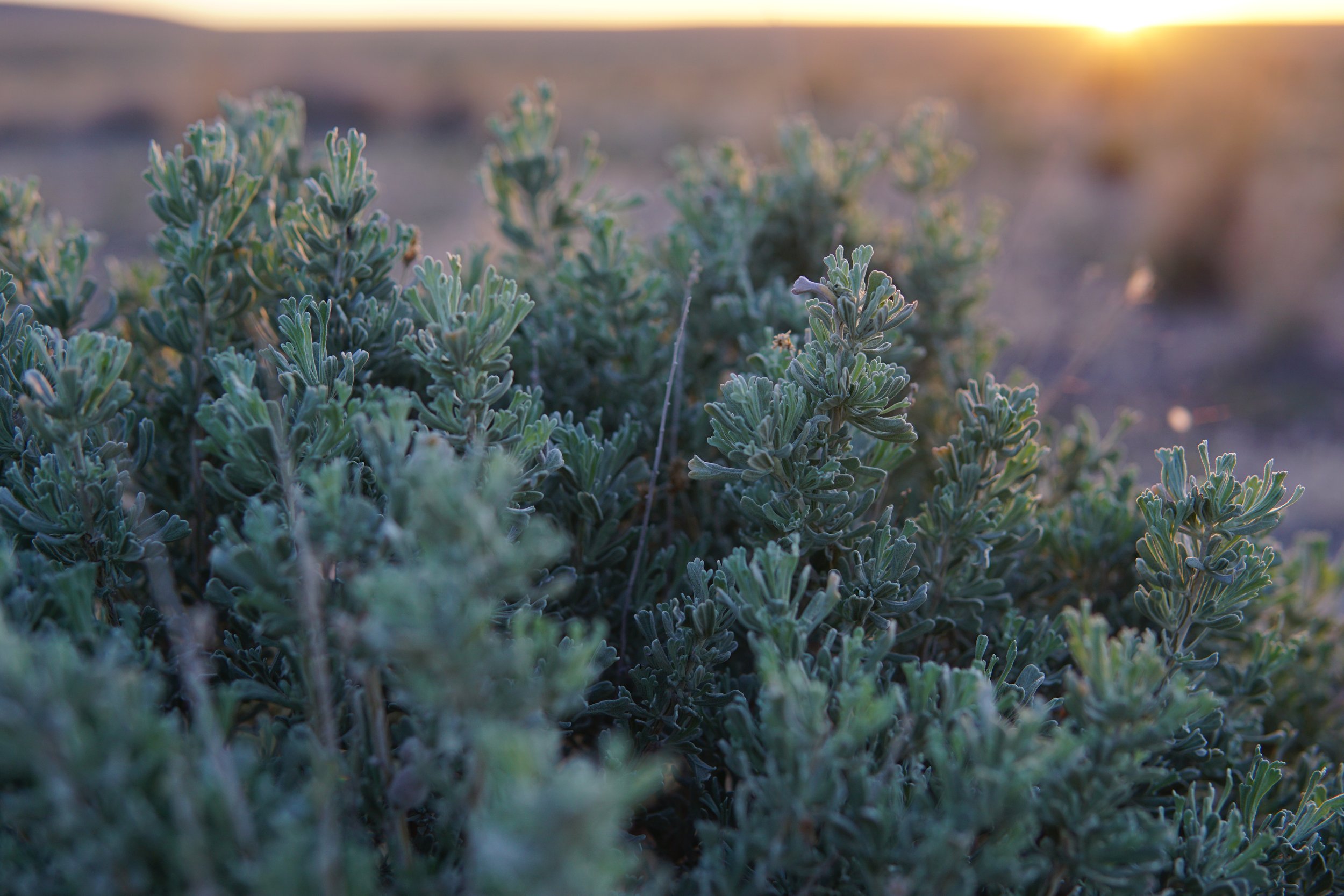Sagebrush Conservation Design Released
This week the U.S. Geological Survey and other federal agencies released a report showing a staggering 1.3 million acres of sagebrush habitat are being lost annually. Called “A Sagebrush Conservation Design Framework to Proactively Restore America’s Sagebrush Biome,” this new body of science uses some of the latest mapping tools to identify healthy and degraded sagebrush areas, where and how it’s being lost, and lays out a path to slow the loss.
“These new findings make crystal clear how serious the situation is - how much we, humans and wildlife, will lose if we fail to act,” said Sara Brodnax with National Audubon Society. “But the report also provides a way forward. The researchers have developed a powerful tool for our collective toolbox, where leveraged with on-the-ground commitments, we can make a real difference for all those that depend on a healthy sagebrush country.”
The Sagebrush Conservation Design focuses on large natural areas in order to benefit: fish and wildlife species, healthy land, air, and water, as well as working ranches. In addition to the important work being done by conservation groups and agencies, there is a need for a more diverse coalition, including private landowners, to change the trajectory of sagebrush rangelands. Of the major threats identified for sagebrush rangelands, 75% are ecosystem problems like invasive annual grasses and fire. These problems impact, and can bring together, diverse stakeholders including conservation groups and ranchers.
“There has been a huge investment in the conservation of sagebrush country over the last two decades in terms of on-the-ground work, partnership development, and scientific research,” said Matt Cahill with The Nature Conservancy. “We know that we can’t slow down on any of those efforts and this framework shows the top tier sagebrush habitats where we need to invest our best resources right now. This is the Defend the Core, Grow the Core concept.”
“Defend the Core, Grow the Core” is a proactive conservation strategy that involves first protecting intact “core” habitats and then growing them by working outward to more degraded areas (rather than addressing the worst areas first). The Sagebrush Conservation Design can identify areas where investments of resources will be most impactful, and should be used alongside other management tools to reach holistic conservation solutions.
Sagebrush was once the most widespread vegetation type in western North America, spanning one third of the continental United States. Today it is one of the most imperiled. The Sagebrush Conservation Design documents that over two decades, large amounts of healthy sagebrush have been degraded and are no longer functional. Scientists aim to use the Sagebrush Conservation Design as a conversation starter between various partners working within the sagebrush ecosystem, utilizing its findings to set and meet shared goals for sagebrush habitat conservation. Many of these conversations are already underway, especially with the upcoming release of the Western Association of Fish and Wildlife Agencies Sagebrush Conservation Strategy, Part II. This will provide methods for how state, federal and tribal agencies, NGO, industry, and private landowners collectively can conserve the sagebrush biome.
The Sagebrush Conservation Design is an adaptive product that will be updated annually, providing managers with the most current information. Given the pressures on this landscape resulting from climate change and unexpected events like large wildfires, this approach will allow managers to be more effective in their responses. This tool is also meant to be integrated with other datasets and tailored to meet specific needs at state and local levels.
The Sagebrush Conservation Design was initiated and coordinated by the Western Association of Fish and Wildlife Agencies and brought together 21 leading scientists in the sagebrush biome representing 12 different federal and state agencies, universities, and non-governmental organizations. Click here to access the following:
Full Report: https://pubs.er.usgs.gov/publication/ofr20221081
Data Release: https://www.sciencebase.gov/catalog/item/62d57e89d34e87fffb2dda62
View Data: https://gs-portal-fws.hub.arcgis.com/pages/sagebrush
Contacts:
Kevin Doherty, U. S. Fish and Wildlife Service, Lead Author on Sagebrush Conservation Design, kevin_doherty@fws.gov
Lief Wiechman, U.S. Geological Survey, Sagebrush Expert on Landscape Scale Conservation, wiechman@usgs.gov


